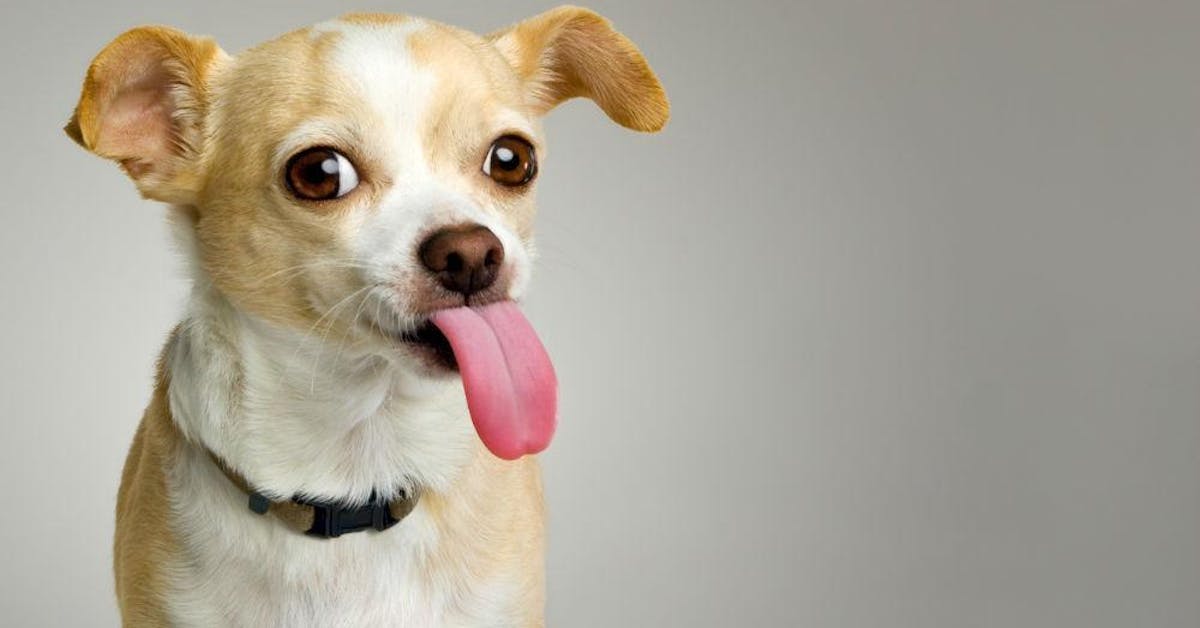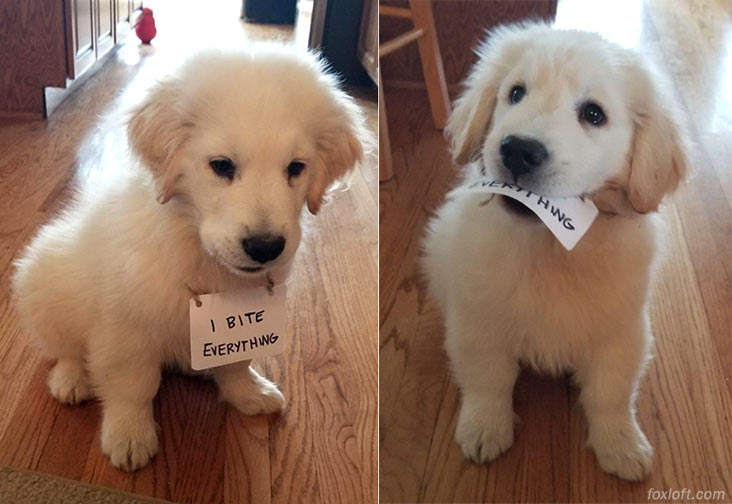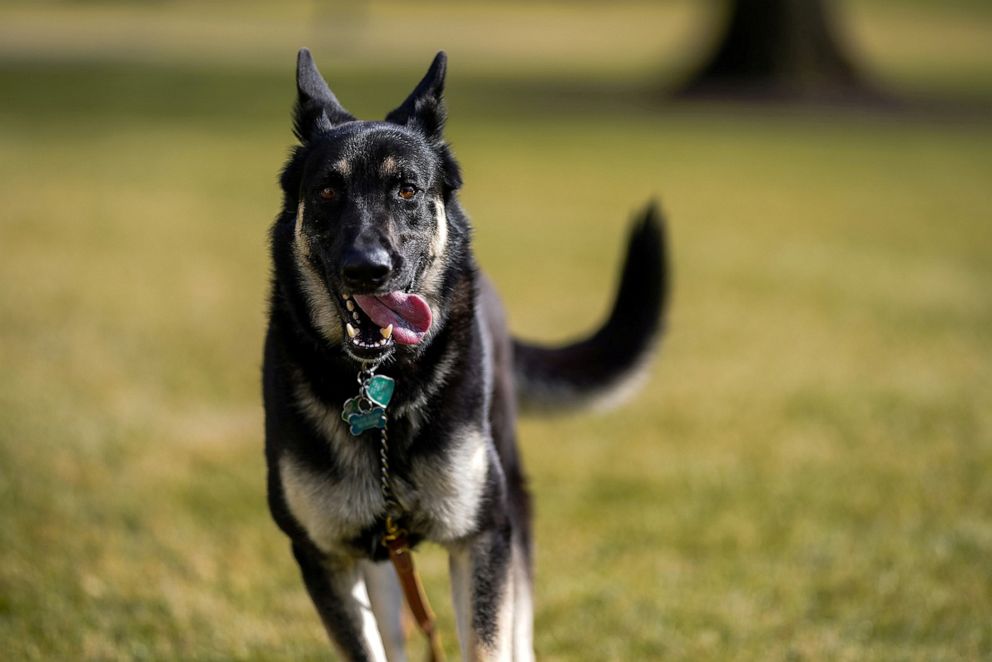
It’s pretty standard for an affectionate dog to try to lick the face of a human pal. Some people welcome a slobbery lick–but, should they? Is it healthy?
I recently ran across this article that summarizes some of the science related to dog licks. It seems clear that licking is instinctive, and important, behavior for the dog, and is part of their naturally empathetic makeup. In short, dogs like to lick. For the human recipient of a lick, however, there is some risk,
The risk arises from the fact that most dogs are not exactly careful about what they put in their mouths. As a result, dog saliva may contain bacteria and other microbes that could cause serious health problems for humans, although the chances of that happening apparently aren’t all that significant. The risk seems to be greatest for people who are immunocompromised or who have open wounds, although older people, young children, and pregnant women also are urged to be cautious about accepting a canine kiss.
The most likely result of a dog lick therefore isn’t illness or infection, but rather getting a big whiff of foul dog breath in the process. Most dog owners gladly accept those risks in exchange for the affection and companionship that their dogs bring to their lives. Still, I try to avoid the lick and opt for a friendly pat on the head instead.














